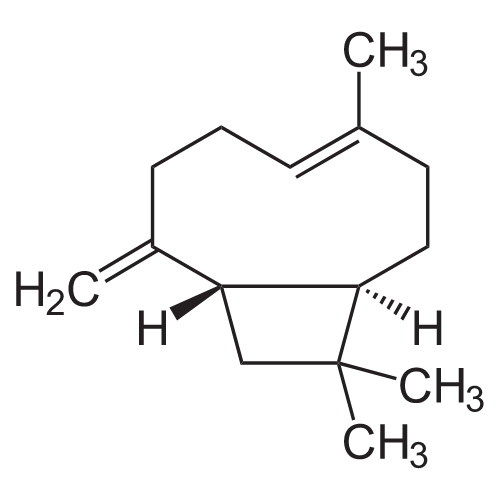
Caryophyllene, a unique sesquiterpene found in various plants including cannabis, black pepper, and cloves, stands out for its ability to interact directly with the endocannabinoid system. Unlike most terpenes, caryophyllene can bind to CB2 receptors, which are primarily associated with the immune system.
This interaction allows caryophyllene to exert significant anti-inflammatory and analgesic effects, making it a valuable compound for managing conditions involving chronic inflammation and pain.
Beyond its anti-inflammatory and pain-relieving properties, caryophyllene also exhibits antioxidant capabilities. By neutralizing free radicals, it helps protect cells from oxidative stress, which is linked to aging and various chronic diseases.
When it comes to how caryophyllene makes you feel, users often report feelings of relaxation and stress relief, making it a potential natural remedy for anxiety. The mood-enhancing properties of caryophyllene have been supported by studies, such as a 2014 research involving mice, which demonstrated its ability to alleviate anxiety and improve overall mood.
In addition to its anti-anxiety effects, caryophyllene is also recognized for its pain-relieving capabilities.
The dual action of reducing both mental stress and physical discomfort highlights caryophyllene’s potential as a holistic approach to enhancing overall quality of life.
While caryophyllene is celebrated for its therapeutic benefits, it is essential to be aware of potential side effects, especially when consumed in high doses.

In its pure form, caryophyllene can cause skin irritation, which is a common issue with many terpenes. This reaction is due to the compound’s ability to interact with the skin’s natural oils, leading to redness and discomfort.

Additionally, like other terpenes, caryophyllene may contribute to dizziness or headaches when taken in large quantities. These side effects are more likely to occur when the terpene is isolated and consumed in higher concentrations than those naturally found in plants.
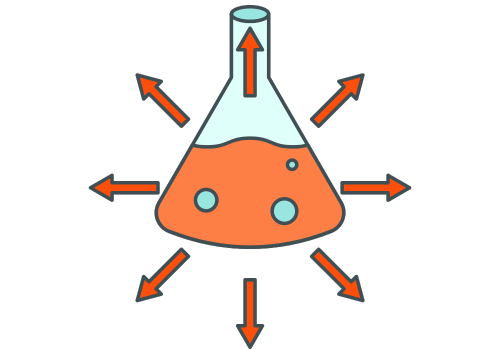
Another consideration is the interaction of caryophyllene with other substances. As a reactive sesquiterpene, it can interact vigorously with strong oxidizers and reducing agents, potentially leading to exothermic reactions.
While this is more relevant in industrial settings, it underscores the importance of understanding the chemical properties of caryophyllene when used in various applications.
Caryophyllene can be found in a variety of natural sources which contribute to its biodiversity and widespread applications.
Among the primary sources are:


One of the most distinguishing features of caryophyllene is its aromatic profile. It exudes a spicy, peppery aroma which is recognizable and valued in both culinary and medicinal contexts. This distinct scent not only enhances the sensory experience of various foods and spices but also signifies the presence of caryophyllene, linking its aroma to its beneficial properties.
Caryophyllene is classified as a sesquiterpene—a term that denotes organic compounds composed of three isoprene units.
Each isoprene unit contains five carbon atoms, adding up to a total of fifteen carbon atoms in caryophyllene. This structural composition contributes to the molecule’s complexity, distinguishing it from simpler terpenes like monoterpenes, which are composed of only two isoprene units.
Certain cannabis strains are particularly rich in caryophyllene, making them instantly recognizable for their robust aroma and flavor. Notable examples include:
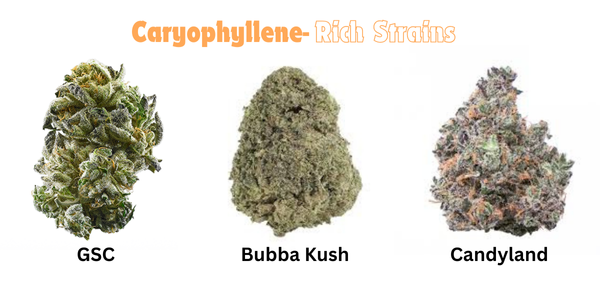
Identifying these strains can help consumers and medical patients choose cannabis varieties with the desired aromatic and therapeutic properties.
As the role of caryophyllene in cannabis becomes increasingly understood, it allows for more targeted cultivation practices and product development. This knowledge opens opportunities for creating customized strains that cater to specific consumer needs and medicinal purposes.

What is Limonene? Limonene is a naturally occurring aromatic compound that belongs to the family of terpenes. Terpenes are organic compounds produced by a variety...
Read More
Presence in Cannabis and Other Plants Terpenes are abundantly present in cannabis, alongside other plants like mint, lemon, and pine. In cannabis, terpenes enrich the...
Read More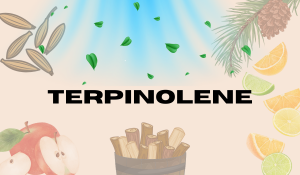
Chemical Structure and Properties Terpinolene is a monocyclic monoterpene, which means it’s made up of a single ring of carbon atoms with a few hydrogen...
Read More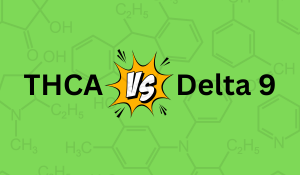
The cannabis plant contains over 100 different cannabinoids, each with its unique properties and effects. Among these, THCA and Delta 9 THC stand out due...
Read More
THCA vs THC: A Molecular Comparison At first glance, THCA and THC might seem like twins. But look closer, and you’ll see they’re more like...
Read More
The trichome production and lifecyle runs parallel to that of the cannabis plant. Trichomes serve as protectors from predators and indicators to farmers.
Read More
Research continues to show great hope for medical marijuana and cannabis as a potential medical treatment for a whole host of physical and psychological disorders....
Read More
Medical marijuana can provide many benefits to senior citizens, which helps to explain they this group's use has exploded over the past decade
Read More